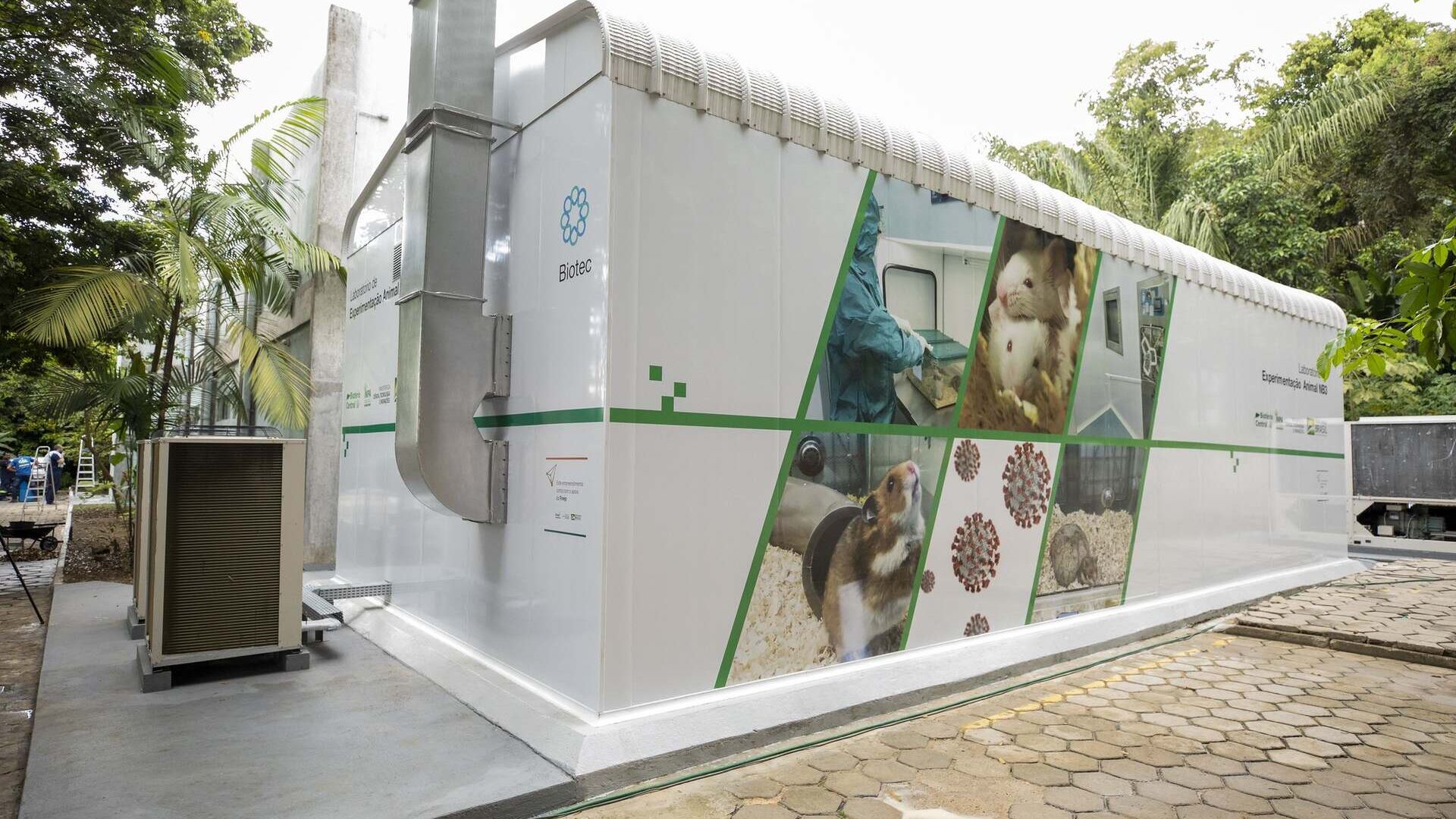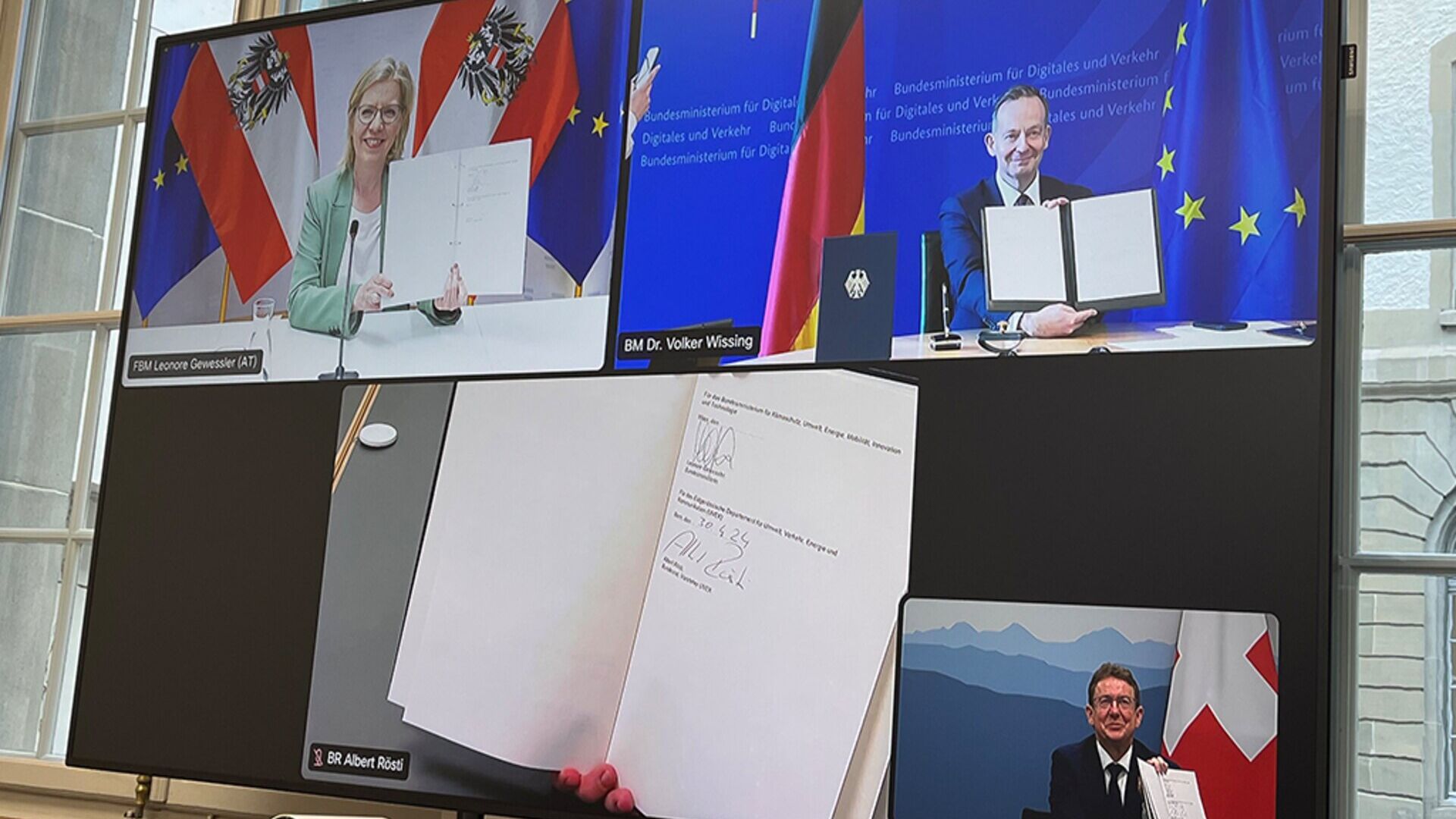In Mantua, the new Italian “Hydrogen Valley” warms up the muscles
A 60 million euro project, half of which is the result of the PNRR, will lead to the production of 1.500 tonnes of green H2 per year on the lakesides
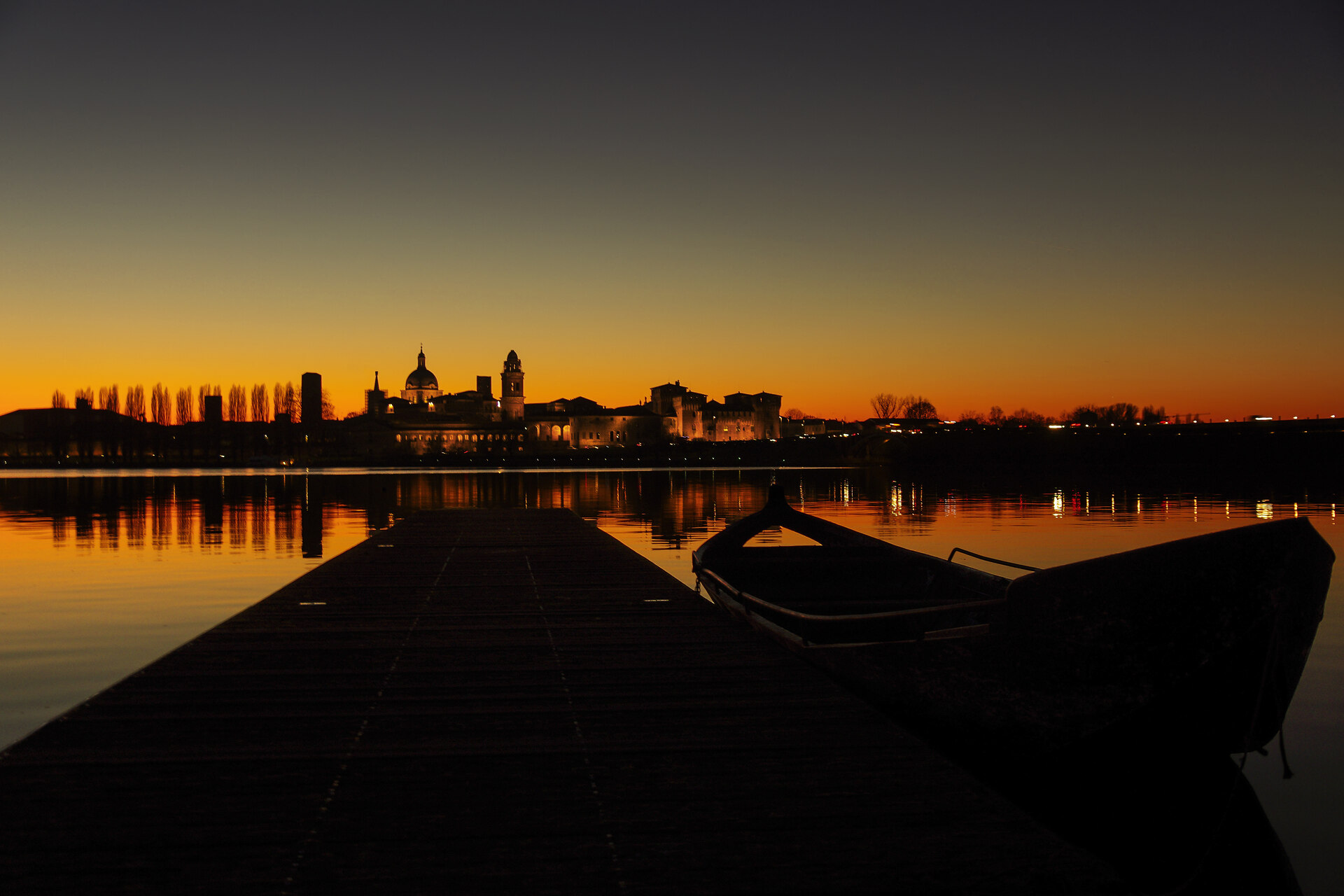
The numbers already speak for themselves, and they are not only those of the exceptional historical trajectory that accompanied the Gonzaga family and the Duchy of Mantua through the centuries.
Projects for 60 million euros, born from the collaboration between public and private entities, are financed by the National Recovery and Resilience Plan to create an industrial hub capable of producing more than 1.500 tons of hydrogen year from renewable sources, avoiding the emission of more than 14.000 tons of CO2 per year.
In Mantua, a historic city recognized by UNESCO as a World Heritage Site, important projects will be carried out related to decarbonisation of the territory.
Carlo Bottani: “Hydrogen Valley? We will reach 100 million euros…”
Bavaria's first hydrogen train is (almost) a reality
The mobility of the future has a home in Merano: it's green and digital.
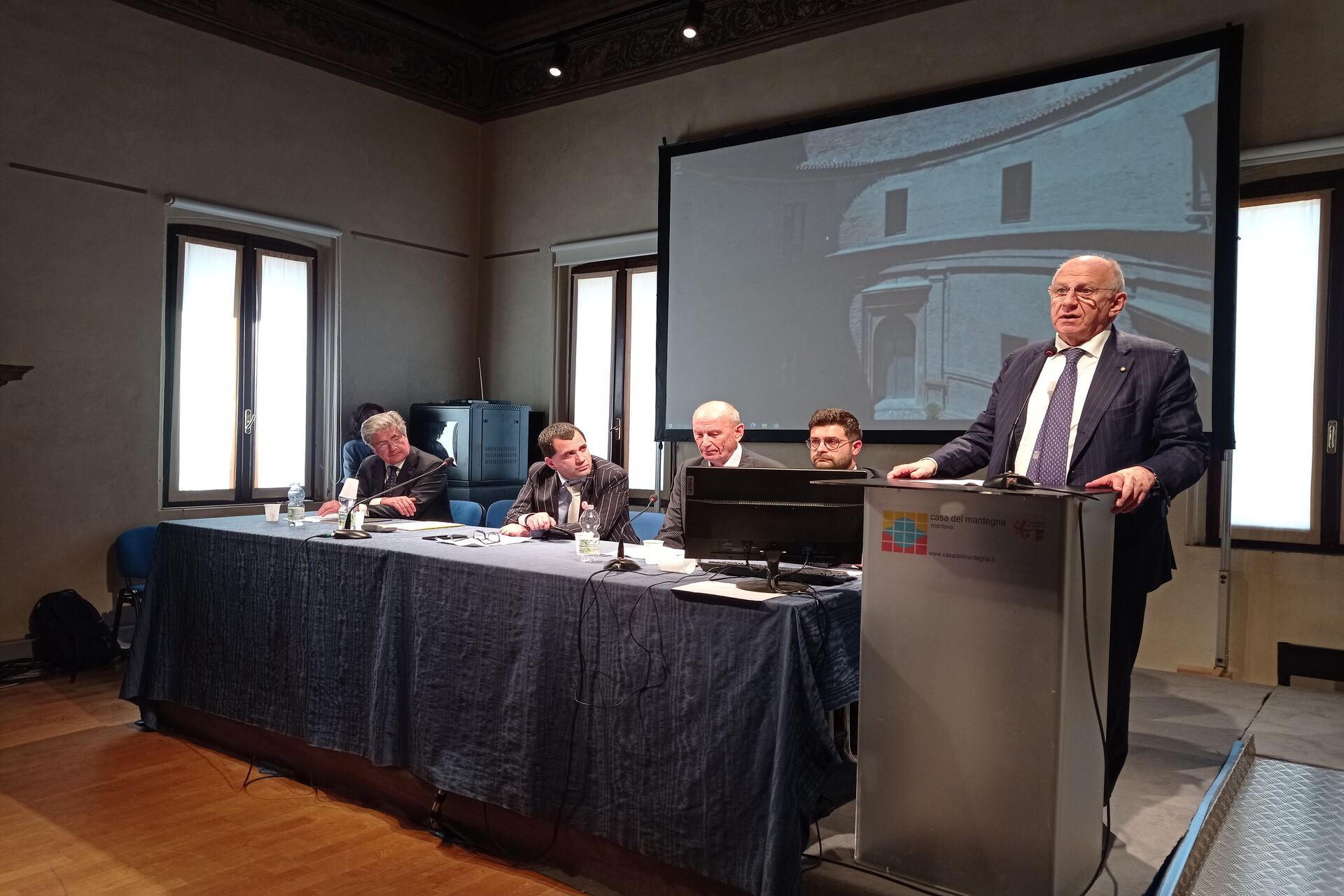
That well-matched partnership between AGIRE, Sapio, Renovo Bioeconomy and Hive Energy
A working group made up of AGIRE, the Energy Agency of the Province of Mantua, Sapio, a leading company in the production and marketing of technical gases, and Renhive, a company associated with the Mantua-based Renovo Bioeconomy and the multinational Hive Energy Limited, has created some projects that have been financed by the PNRR and by the European tender "Interregional Innovation Investment" with 30 million euros to which are added another 30 million of private capital, for a total value exceeding the aforementioned sixty.
In the presence of many operators, the President of the Province of Mantua, Carlo Bottani, explained how thanks to this strategic partnership, the "Hydrogen Valley" project has obtained around 30 million euros from the National Recovery and Resilience Plan, unlocking many understandable expectations.
The funding, which has the decarbonisation of the area as its primary objective, will allow the creation of an industrial pole of European scope, second in terms of time in the territory of the Republic only to that of Bolzano.
Together with the Province of Mantua, 16 other partners including private companies, universities, research centers worked on the projects, all with the support of the Lombardy, Trentino-Alto Adige and Veneto Regions, as well as Dutch, Austrian and Belgian companies and institutions.
Bern supports mobility tests in the field of hydrogen
Autobrennero, BREBEMI and A4 Brescia-Padua for sustainability
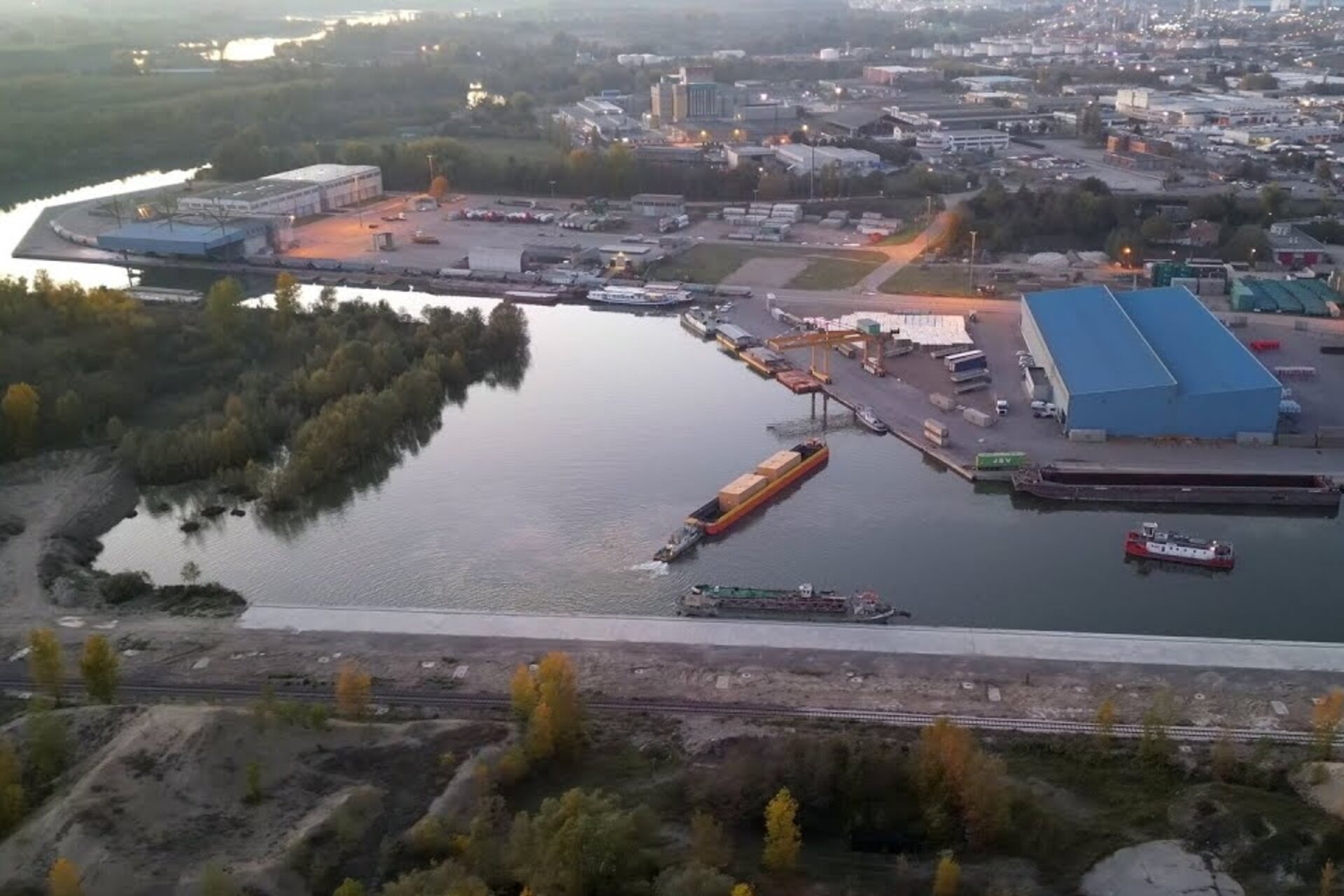
Double waterway, both through the Po and with the Fissero-Canalbianco navigable canal
Il Port of Mantua, located in the locality of Valdaro, the highlight of the future "Hydrogen Valley", has a strategic geographical location, so much so that it has also led to important investments by the management company of the Brenner motorway.
It is connected to the Adriatic Sea, from which it is about 140 kilometers away, both through the Po river and through the Fissero-Tartaro-Canalbiaco navigable canal, renamed the Mantova-Adriatico canal.
The location of the port is favorable if one considers its proximity to the interport of Verona-Quadrante Europa, which is just 40 kilometers away.
Not only that: it has already been connected for years to the national railway network, with connection to the Mantua-Monselice line, and this favors the exchange of goods between the various modes of transport, allowing the port of the Gonzaga city to take the form of real intermodal logistics platform.
The Extreme H is the first all-hydrogen Off-Road racing series
Soon in Emilia the world's first green hydrogen ceramics
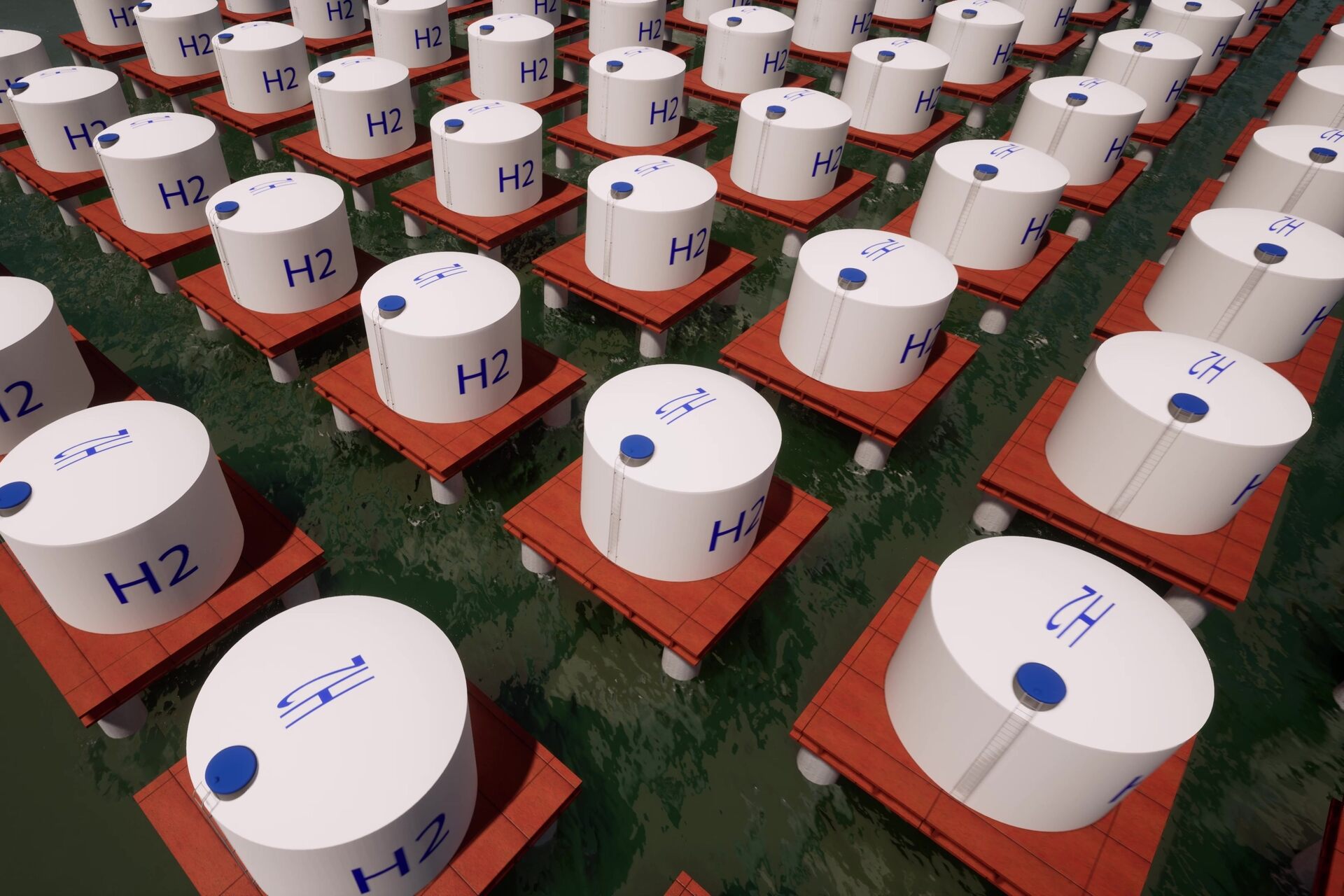
A long list of exceptional ideas, including electrolysers, hydrogen pipelines and trimodal yards
The projects that, at the moment, will see the light in the context of the new "Hydrogen Valley" of Mantua are numerous and worthy of being accurately described and listed:
the construction by Renhive in an abandoned industrial area, made available by the MOL Group, of a photovoltaic park with an installed power of approximately 14 MW dedicated to and connected directly to the hydrogen production plant;
the installation, on an abandoned industrial area at the Sapio plant, of a 10 MW electrolyser for the production of approximately 1.500 tons of renewable hydrogen per year, in the context of an initiative that will also be implemented by exploiting the reuse of existing facilities and utilities and the high pressure hydrogen distribution logistics system;
the adjacent installation of a hydrogen refueling station, connected to the same production plant via a hydrogen pipeline, with a delivery capacity of up to 1 ton/day, whose station will be able to refuel light vehicles, local public transport and heavy vehicles;
the study and design of a trimodal (road-iron-water) refueling station at the Port of Valdaro, to be connected directly to the electrolyser via a hydrogen pipeline, whose design study has already won the European tender for "Connecting Europe Facilities" by the Province of Mantua;
the supply of hydrogen to local industries and Hard to Abate industries, such as paper mills, ceramics and the local district heating plant, via pipeline and tank wagons, according to an application for those located within a few kilometers radius, in line with the definition of “Hydrogen Valley”;
the conversion of diesel locomotives, ships and tugs to green hydrogen with the co-financing of the private companies that participated in the project;
the creation of a digital platform for the management of energy data, which will be collected by all the components of the "Hydrogen Valley";
the elaboration of the "Provincial Plan dedicated to green hydrogen", which will survey and develop hydrogen applications in the provincial territory;
the establishment of a "Stakeholders Forum", which will have the purpose of bringing together companies wishing to develop green hydrogen projects;
the creation of an applied research center on hydrogen in an area adjacent to the Port of Valdaro, which will be built with the support of the universities and research centers of the Lombardy Region.
Hydrogen in Germany: it's time for the energy revolution
Refueling with hydrogen on a Swiss highway is now a reality
The event "The energy transition in Mantua: Repower EU, the role of renewable gases and Hydrogen Valley"
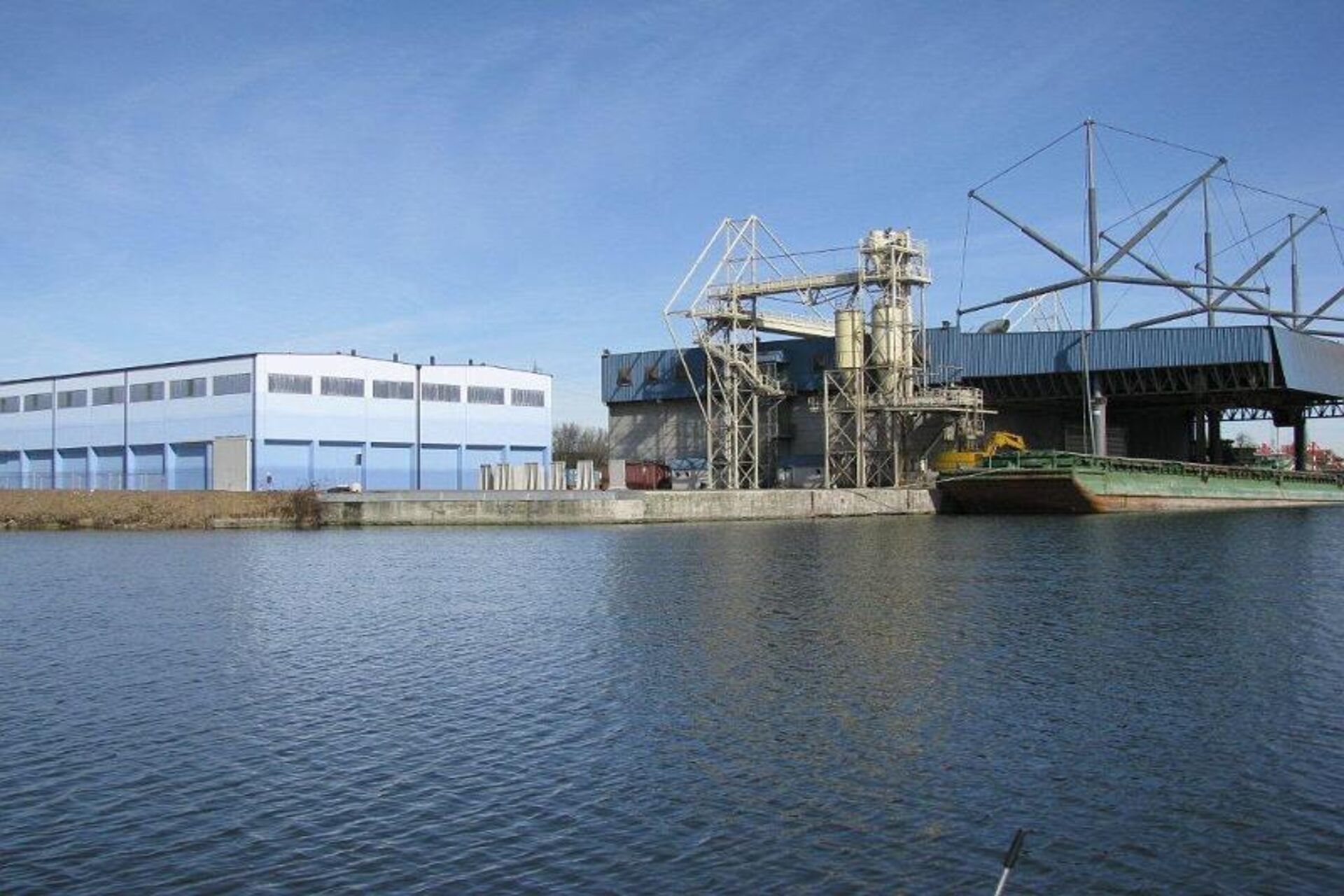
You may also be interested in:
In Brazil the first meeting in the world between biosafety and synchrotrons
In Campinas, a NB4 level maximum biological containment laboratory will be connected to the light sources of a particle accelerator
In Alto Adige today EDIH NOI is the new point of reference for AI
4,6 million euros from the PNRR fund will be allocated to Bolzano for services to local companies in the digitalisation of intelligence…
by Editorial staff Innovando.NewsEditorial staff of Innovando.News
Austria, Germany and Switzerland for "more innovative" cargo railways
DACH Ministers Leonore Gewessler, Volker Wissing and Albert Rösti: the introduction of Digital Automatic Pairing is a key element
by Editorial staff Innovando.NewsEditorial staff of Innovando.News
Persuasion or manipulation? Genesis and historical impact of PR
This is how Public Relations, from the sophistic dialogue of ancient Greece to the current digital era, continues to offer continuous innovation

